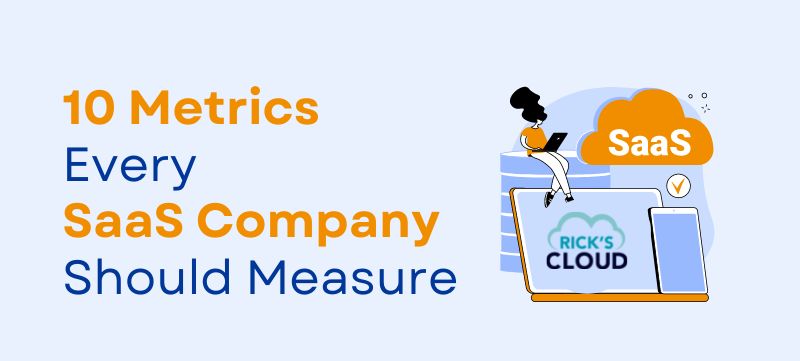
What your company should know about SaaS deployment
Even without perusing IT research and assessments on SaaS deployment, one could tell that even if a company doesn’t do it now, they would still have to opt for a SaaS deployment in the nearest future. Such is the reality of businesses in the technological space.
To maximize the benefits of business optimization, agility, and scalability, your company would have to tow the lines of over 80% of businesses that have integrated at least one form of SaaS application in their operating model. However, you need to know the titbits of SaaS deployment before you proceed to engage the process.
Features of SaaS deployment
There are numerous SaaS providers in the market, all of which make promises about the superiority of their services. Honestly, when you begin to pay attention to all their theatrics, it becomes easy to get confused. Below, I have listed the basic features you should expect if you are opting for SaaS deployment.
- Multi-tenancy – this allows all the users to share a single database while maintaining the independence of individual user activities.
- Adaptability – the SaaS application should be able to provide a platform where all current and future business functions are deemed compatible.
- Data and application security – opt for providers with top-notch cyber-security offerings.
- Subscription-based pricing – a cost-effective feature that allows for operational flexibility.
- Audit logs – which should help your company implement business intelligence plans to enable regulatory compliance.
- Upgrading availability – this, along with technical support, should be provided by the vendor to enable easy updates when necessary.
SaaS Deployment Models
Choosing the right model to deploy services on one or multiple SaaS solutions can be challenging. There are two main options to pick from; Buyer managed and Vendor managed models.
Let’s take a look at what these models entail.
1. The buyer managed models
● Private Cloud Model
This model is structured such that a third-party vendor is in charge of software maintenance and management – thus giving less control to your company. Most SMBs opt for this form of SaaS deployment because it is cost-effective, as the setup, maintenance, and some other post-deployment functions are all covered in the deployment costs.
Though private cloud models offer impressive flexibility when upgrading company software, migration and integration capabilities are somewhat lagging. Additionally, this model also offers monthly and annual subscriptions, a feature that most companies find desirable.
● On-Premise Data Centers
With on-premise data centers, SaaS providers create a portable version of their SaaS infrastructure, which the buyer could deploy and manage. This model is mostly found in large enterprises and often requires an IT team within the enterprise to be in charge of its maintenance.
Here, your company maintains total control, and you also get to implement and manage integrations and interoperability within the infrastructure. Due to the nature of the system, your company would have to dedicate time, human and financial resources to its management. More often than not, opting for this model means that your company would hardly have any issue with compliance.
2. The vendor managed position
● Single Tenant Architecture
If what your company expects with SaaS deployment is control, high-level security and personalization, this might be the best option for you. Though the infrastructure comes with pre-configured templates, there are windows for customization.
The most prominent highlight of this infrastructure is that your company won’t have to share backend or database resources with other parties. The infrastructure is dedicated solely to your company.
● Multi-Tenant Architecture
The multi-tenant architecture is the go-to model for businesses looking for an affordable solution with effortless operability. Unlike the single-tenant architecture, this model offers less control and personalization abilities. However, this is actually an advantage for some businesses, as resources can be channeled into other company activities.
Unfortunately, sharing backend and database with other parties means that your company would be more vulnerable to security threats. With SaaS deployment, it is important to note that security should be considered a high priority. While this SaaS model is preconfigured, there is a small allowance for customizations.
The impact of SaaS deployment
Today’s business climate has made the need to adapt to fast-paced digital environments evident to decision-makers in various industries. SaaS models are tools that digital enablers can utilize to access numerous benefits in any given industry. Some of these benefits include:
● Data optimization
● Effortless add-ons
● Enterprise-wide automation
● Increased user experience
● Provides deep insights into end-user activities
● Real-time application performance monitoring
● Levels up the web performance of your online services
Conclusion
SaaS deployment is a business-critical strategy that any progressive company must consider. It lays the foundation for companies to remain competitive and scale through unforeseen challenges easily. So if you are yet to integrate SaaS deployment into your business plan, now is a good time to start.
Have you deployed a SaaS solution before? Is your company satisfied with the KPIs? Share your experience and thoughts in the comments section below.





